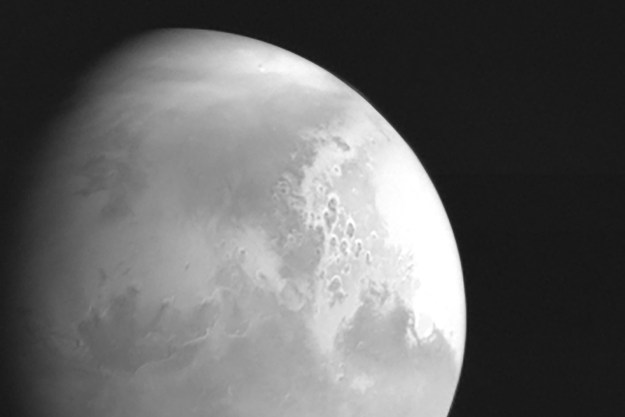When Neil Armstrong and his fellow crew members set off on their groundbreaking eight-day mission to the moon 50 years ago today, the relatively short duration of the trip meant there was enough room on board the spacecraft to store all of the required food supplies.
Fast forward to 2019, and there’s growing talk of crewed missions to faraway planets such as Mars, a journey that would take not days but, with current propulsion technology, many months. And then you still have to get back.
It means that Mars-bound astronauts will have to pack with them facilities capable of growing and harvesting food, as there simply won’t be enough space to carry all the necessary food supplies for such a long mission.
NASA has been researching the issue for quite a few years now. Astronauts aboard the International Space Station (ISS) in 2015, for example, became the first to scoff down a meal that included something grown and harvested in space. OK, it was only lettuce, but it was, to use a phrase you’ll be hearing many times in the coming days, one giant leap (for lettuce). Food grown on the space station prior to that special meal was always sent back to Earth for scientific analysis, so it was a significant step in the development of space food, too.
The exciting news is that NASA is now laying the groundwork for a new research effort that could see the humble Española chili pepper become the first fruiting plant to be grown and harvested in space, CNET reported this week.
On Earth, this particular type of chili has a relatively short growth period and is fairly low-maintenance — characteristics that will hopefully serve it well in space, too. Importantly, it’s packed with vitamins and minerals, and is also an excellent source of antioxidants. Oh, and it’s not too hot, either. If preparations run according to plan, the Española chili seeds will be sent to the ISS toward the end of this year or early next.
NASA is planning to grow a greater variety of crops in space to help keep astronauts fed — and healthy — on longer missions. Foods already grown in space include not only lettuce but also cabbages, radishes, and peas, among others.
To aid the process, NASA developed the Veggie plant-growth facility for use on the ISS. The Veggie kit consists of an expandable unit with a flat-panel light bank that includes red, blue, and green LEDs to foster plant growth in the challenging, microgravity conditions.
One thing’s for sure. The more food varieties they can grow, the tastier the 3D-printed pizzas will be on those very long missions to faraway places. Pizza on Mars? Don’t rule it out.
Editors' Recommendations
- Spice in space: Inside NASA’s groundbreaking zero-gravity chile pepper project
- Crunchy algae, anyone? NASA shares ideas for food in space
- Why growing delicious food in space is more than just a matter of taste
- NASA’s Mars helicopter wins prestigious space exploration award
- China’s Zhurong rover rolls onto Martian surface for first time


